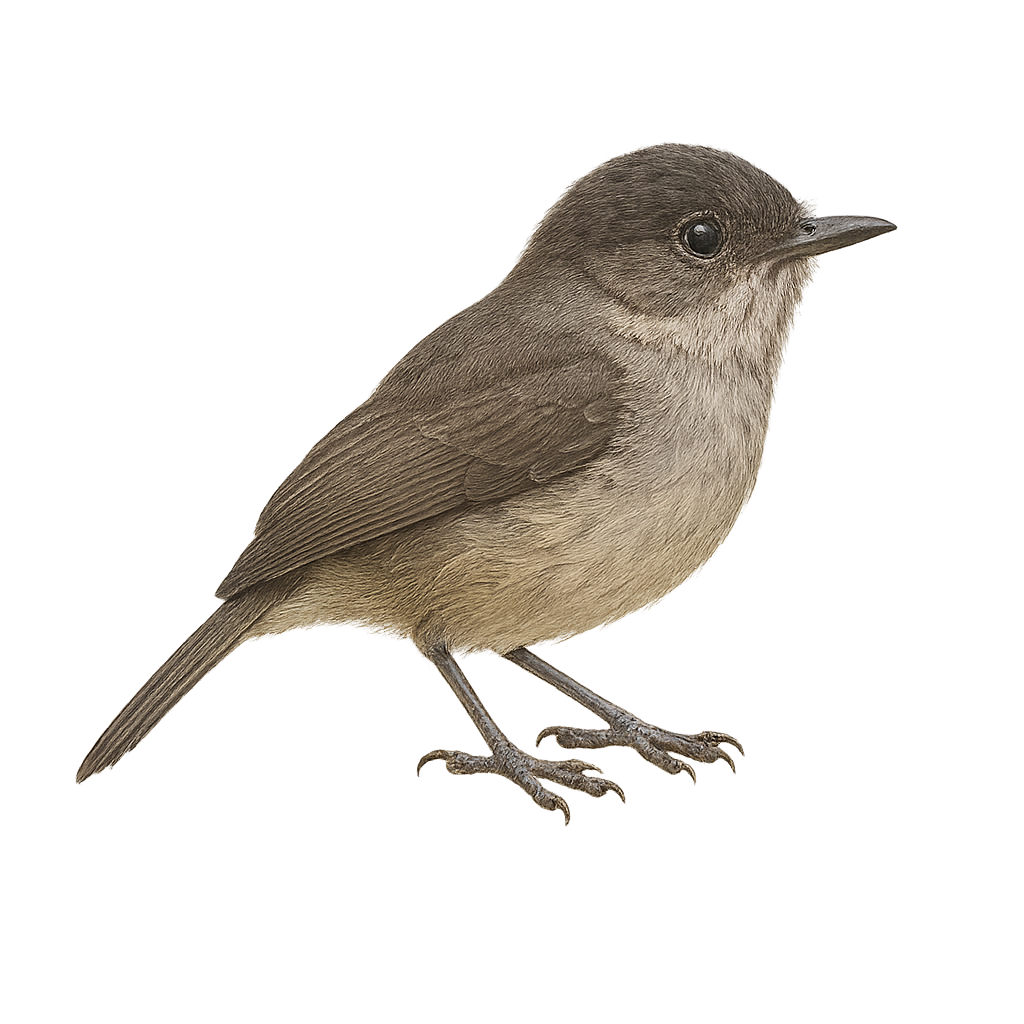Your wildlife photography guide.
Explore the dark newtonia in detail, study its behavior, prepare your shots.
Where to observe and photograph the dark newtonia in the wild
Learn where and when to spot the dark newtonia in the wild, how to identify the species based on distinctive features, and what natural environments it inhabits. The WildlifePhotographer app offers tailored photography tips that reflect the dark newtonia’s behavior, helping you capture better wildlife images. Explore the full species profile for key information including description, habitat, active periods, and approach techniques.
Dark Newtonia
Scientific name: Newtonia amphichroa

IUCN Status: Least Concern
Family: VANGIDAE
Group: Birds
Sensitivity to human approach: Suspicious
Minimum approach distance: 10 m
Courtship display: October to November
Incubation: 13-15 jours
Hatchings: October to December
Habitat:
Humid forests, montane forests
Activity period :
Primarily active during the day, with peak activity in the morning and late afternoon.
Identification and description:
The Dark Newtonia, or Newtonia amphichroa, is an endemic bird of Madagascar, belonging to the Vangidae family. This modest-sized bird is primarily recognizable by its dark throat, contrasting with its brownish plumage. It mainly inhabits the island's humid forests, where it feeds on insects and other small invertebrates. The Dark Newtonia is a discreet bird, often difficult to observe due to its suspicious behavior and dense habitat. Although its conservation status is not alarming, deforestation poses a potential threat to its populations. Its reproductive biology remains poorly documented but is assumed to be similar to other Newtonia species.
Recommended lens:
400 mm – adjust based on distance, desired framing (portrait or habitat), and approach conditions.
Photography tips:
To photograph the Dark Newtonia, it is advisable to use a 400mm or longer telephoto lens to capture detailed images without disturbing the bird. Look for dense forest areas where this bird is likely to hide. Be patient and discreet, as its suspicious behavior can make it difficult to observe. Use a tripod to stabilize your camera and wait for the bird to perch on an open branch to get a sharp photo. Take advantage of quiet moments to adjust your settings and capture the beauty of this unique bird.
The WildlifePhotographer App is coming soon!
Be the first to explore the best nature spots, track rutting seasons, log your observations, and observe more wildlife.
Already 1 439 wildlife lovers subscribed worldwide

